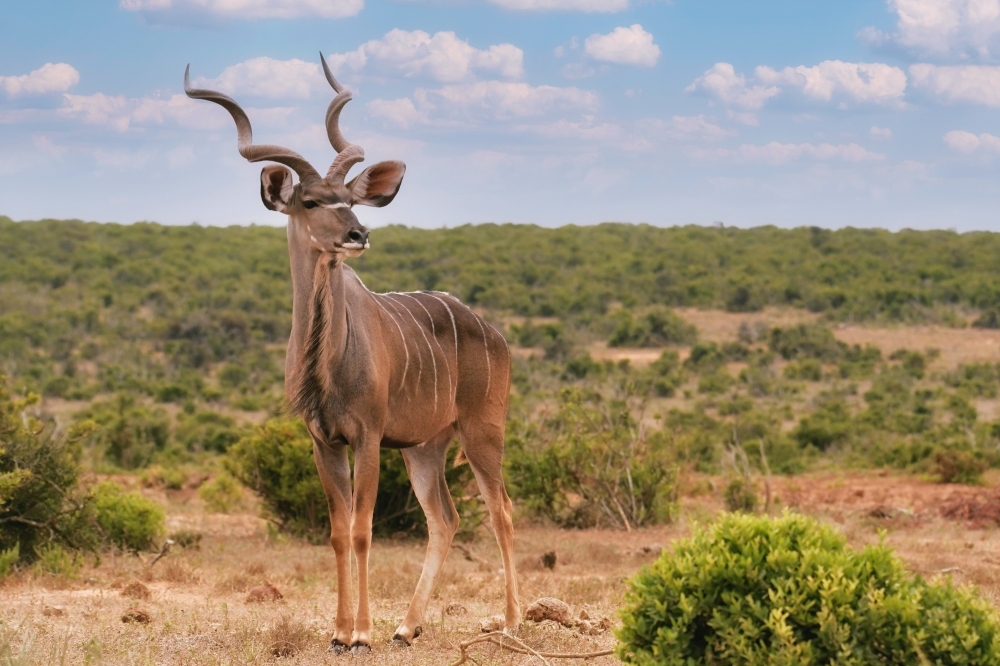Rabies vaccination recommended for kudus
Wildlife Vets Namibia announced the start of the rabies vaccination season for kudu and eland.According to their monthly newsletter, rabies spreads in Namibia in a unique way from kudu to kudu and eland to eland and can reach epidemic proportions with severe consequences for the species if not addressed.
Some farmers have spoken of the “kudu plague” that rages in Namibia. However, it is the viral disease rabies that attacks these mammals’ central nervous system. Although the disease is not common, it is deadly: the mortality rate among infected animals is 100%, according to Wildlife Vets Namibia.
It has not clear how eland become infected. Among kudu, however, rabies is spread through their social behaviour: the animals often feed in groups from the same bush. Because these are often thorn bushes, they tend to cut their mouths, which are ideal sites for infection. Due to proximity to the brain, the disease spreads even faster.
Infected wild animals can be recognized by unusually “tame” behaviour, such as proximity to towns and houses, and salivating from the mouth.
Rabies among kudus is a major problem for farmers in particular, as they are valuable trophy animals but only become targets for hunting at the age of eight. A decline in the kudu population could therefore also lead to a drop in farmers’ income.
Wildlife Vets Namibia administers the vaccinations by shooting vaccination darts from a helicopter. The more farmers participate, the cheaper it becomes.
Ideally, the inoculation should be given before there is an outbreak of rabies on their farm. While emergency vaccinations can stop an outbreak within ten to fourteen days, sadly once infected, animals can no longer be saved.
According to Dr Ulf Tubbesing of Wildlife Vets, is particularly important to vaccinate in areas surrounded by games fences.
“Ideally you want to have as high a percentage of vaccinated animals as possible in the kudu population. Depending on farm size, kudu and eland population densities, bush density and desired vaccination coverage percentage, such a vaccination campaign can be completed in a matter of hours at a cost equivalent to the trophy fee for approximately 4-6 kudu bulls shot. This cost of protecting and maintaining a healthy kudu population is definitely an economically viable measure,” Tubbesing said.



